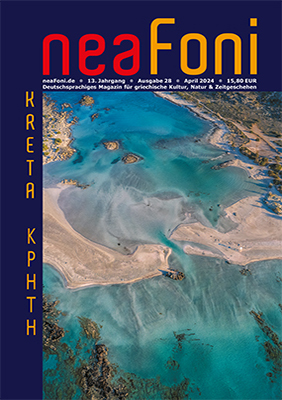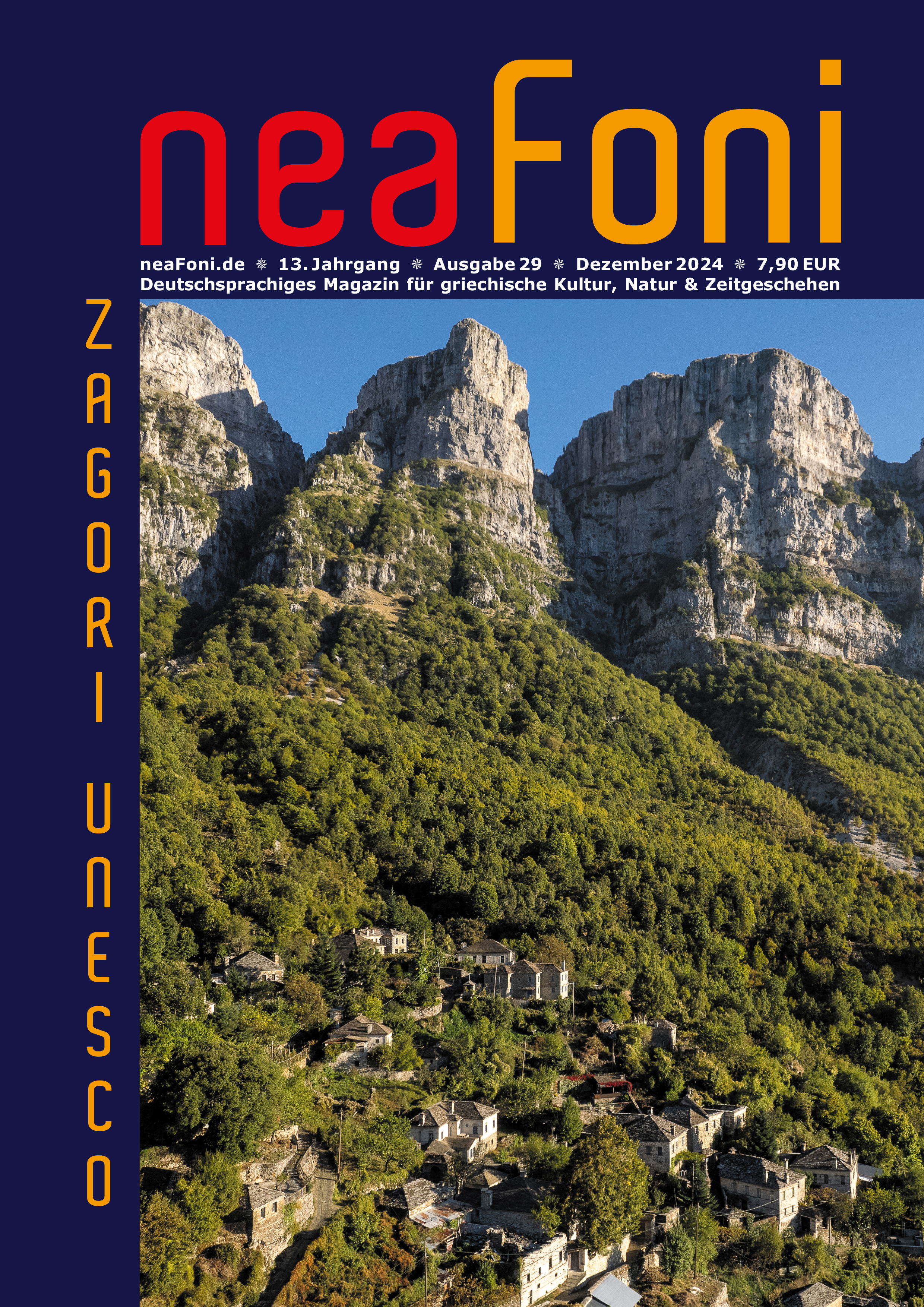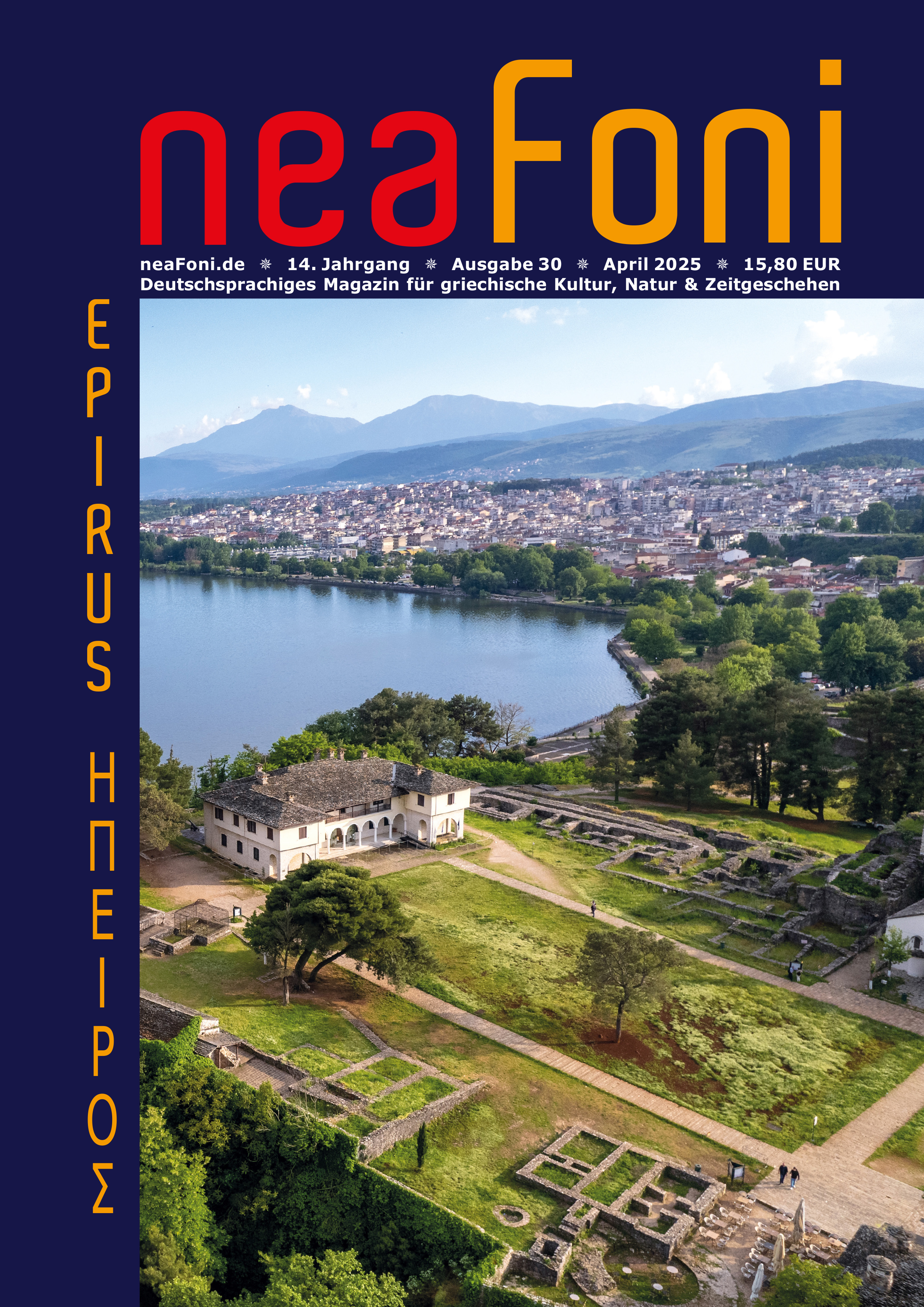Archäologische Museen
278 Wörter 1 Minute 575 × gelesen
Drohne / ATTIKA
260 Wörter 1 Minute 1.833 × gelesen
143 Wörter 1 Minute 2.013 × gelesen
126 Wörter 1 Minute 2.278 × gelesen
116 Wörter 1 Minute 2.781 × gelesen
Festland - Zentralgriechenland
533 Wörter 2 Minuten 1.738 × gelesen
Kirchen & Klöster
1.495 Wörter 5 Minuten 2.453 × gelesen
Museen
251 Wörter 1 Minute 347 × gelesen
508 Wörter 2 Minuten 445 × gelesen
163 Wörter 1 Minute 439 × gelesen
Rezensionen
694 Wörter 2 Minuten 1.538 × gelesen
Rezepte - Gemüse
126 Wörter 1 Minute 1.530 × gelesen
Weinkultur
269 Wörter 1 Minute 1.735 × gelesen
13 Artikel gefunden in 8 Artikelgruppen
640 Bilder gefunden




